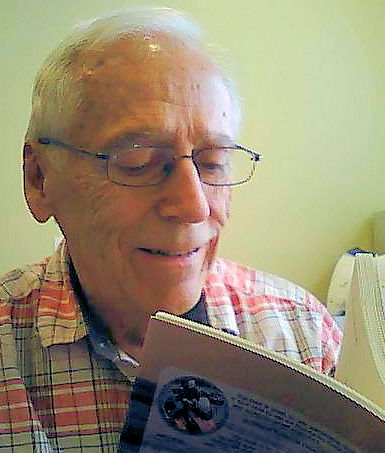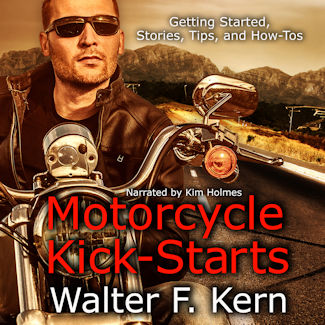 |
 |
 |
|
Proficient Motorcycling - A Motorcycle Book Review Hough's book is reviewed Did you ever wonder where you could find firsthand information by an expert motorcyclist that would teach you most of the skills you would need to become a proficient rider? Well, search no longer and pick up a copy of David L. Hough's new book, Proficient Motorcycling - The Ultimate Guide to Riding Well. Hough who says his name is pronounced like "tough," is a seasoned rider with over 30 years of riding and writing experience. He began writing about proficient motorcycling in columns for Road Rider Magazine and its successor, Motorcycle Consumer News (MCN). Only recently did David gather together all these articles as the basis for this book. The softcover book contains 250 pages plus a resource page, a glossary of motorcycling terms and an index. Pictures, diagrams and charts, prepared personally by the author, appear on almost every page. To keep your interest, David uses characters like Biker Bob and Cruiser Carla to populate the stories he tells of real incidents. These stories relate the details of motorcycle accidents or situations that went wrong because the participants failed to understand the underlying principles of motorcycle dynamics or how they should have ridden their machines. The book begins with a gory story of a canyon accident involving riders approaching the same turn from opposite directions. Because one rider crossed over the center line when he couldn't successfully negotiate a corner, a rider coming in the opposite direction was instantly killed and another rider died an hour later at a hospital. All this occurred because one rider did not know how to control his bike. The book contains chapters on Risk, Motorcycle Dynamics, Dynamics, Urban Traffic Survival, Booby Traps, Special Situations and Sharing the Ride. Risk includes accident statistics and the Hurt Report. (The chart on page 27 has a typo stating that single vehicle accidents are 86% of the total -- should be 66%.) Motorcycle Dynamics covers all the basic physical principles that govern the behavior of motorcycles. The chapter on Dynamics seems to be a continuation of the previous chapter covering more of the dynamics of the rider. Maybe a better title should have been used here. Urban Traffic Survival is basically what you need to know to ride in and around cities. Booby Traps cover items such as edge traps, animals in the road and dogs that chase your bike. Special Situations include riding in the rain and in the desert, hot and cold weather riding, winds, drunks, weirdos, and lane splitting. Sharing the Ride has to do with riding in groups, carrying a passenger and riding a sidecar or trike. Here's a quote from the book:
Hough organizes the book so it can be read by topic but also recommends that the reader might best be served by reading straight through. That's exactly what I did and I recommend that you take an afternoon or evening to read through the book from cover to cover. If you've been riding for a long time, you'll undoubtedly see situations that you have been in before. See if you did the right thing then or what you should have done. If you're a new rider, read for vital lifesaving information so that you will know what to do the next time you encounter the same situation for real. Many of the situations in the book involve strategies to survive accidents. Often many options are possible but only one is preferred. After reading the complete book, I think the single most important thing that Hough has to say is that you need to learn how to stay out of accidents in the first place. The best way to do this is to learn how to use your front and rear brakes effectively. On page 86, Hough gives six veteran techniques for making successful quick stops. You need to read these in detail. The techniques are: 1) Get in the front brake habit, 2) Approaching turns, use your brakes, 3) Brake early, 4) Slow down 10 mph for problems, 5) Reduce speed to sight distance and 6) Practice. You need to have this book in your personal motorcycling library. Better still, you need to read this book from cover to cover as soon as you get it and every year before you get ready to start out for a new season of riding. Hough mentions the many times that he either gave or received advice on proficient motorcycling over campfires or through diagrams on the backs of napkins before much of this material had been written down. Well, the material is indeed now written down and available to any rider and I hope you will read it. Glancing over the many messages in typical motorcycle forums, I can see the same types of questions being asked about how to learn how to ride safely. Many of the informed responses of forum members exist because of David L. Hough and his contributions to motorcycling. Much of what is currently taught in the Motorcycle Safety Foundation (MSF) courses is the direct result of work published by Hough. So get a giant jump-start on becoming a proficient motorcyclist and checkout Proficient Motorcycling.

|
|||||
© 2013 Walter F. Kern. All rights reserved.
|





